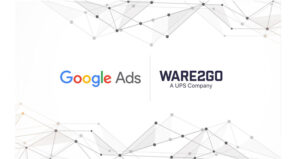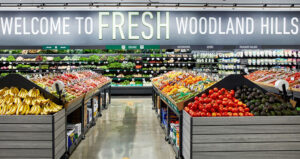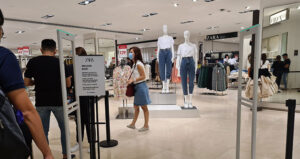
Ware2Go, Google Fast-Free Shipping Offers Aim at Conversion Lift
Ware2Go, a UPS-owned provider of fulfillment on demand through partnership with warehouse owners, via an integration with Google Shopping, lets merchants offer free shipping early in the search and discovery process on Google, aimed at increasing conversion. Ware2Go handles fulfillment through its partner network.







